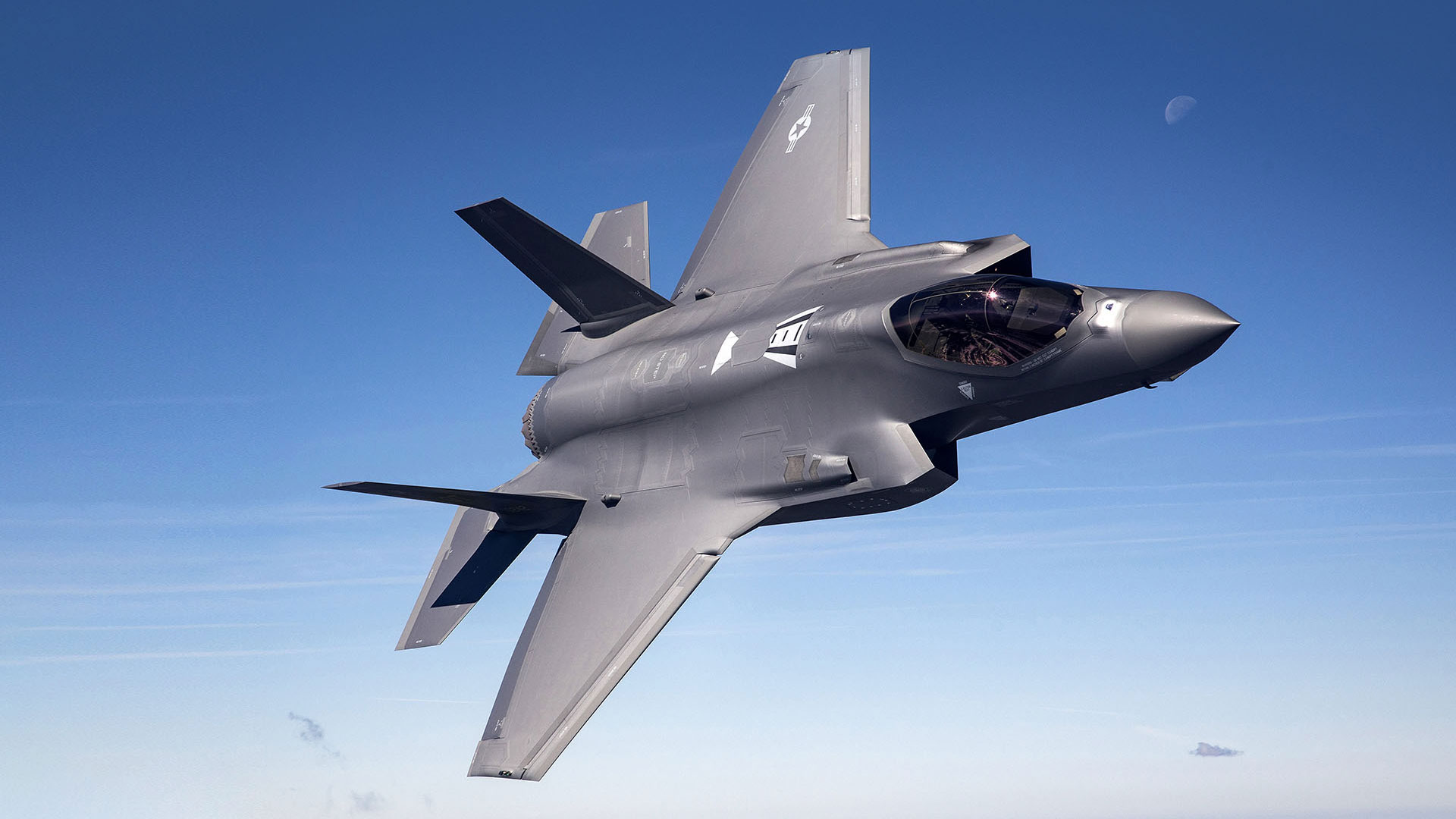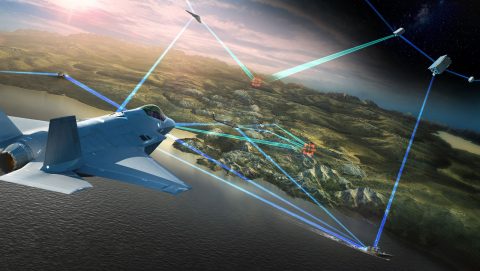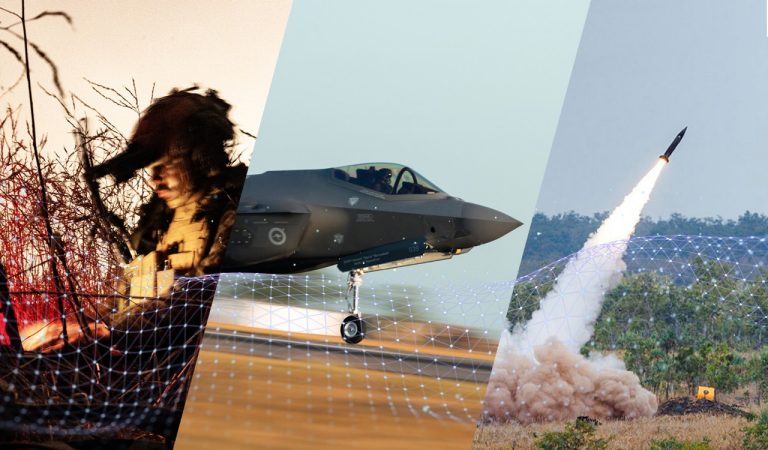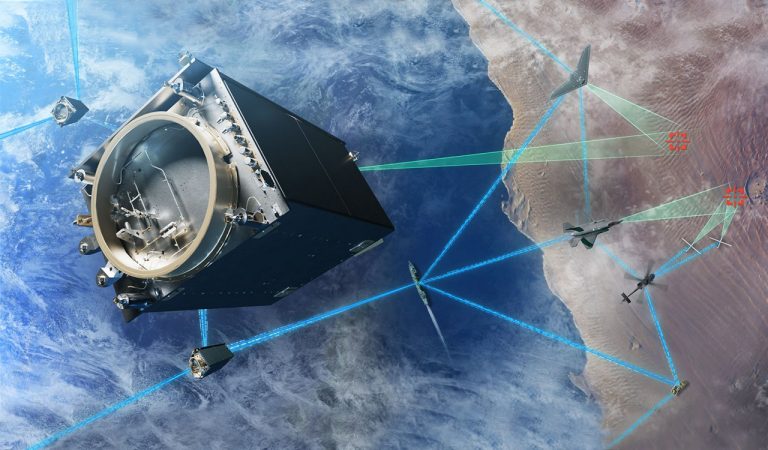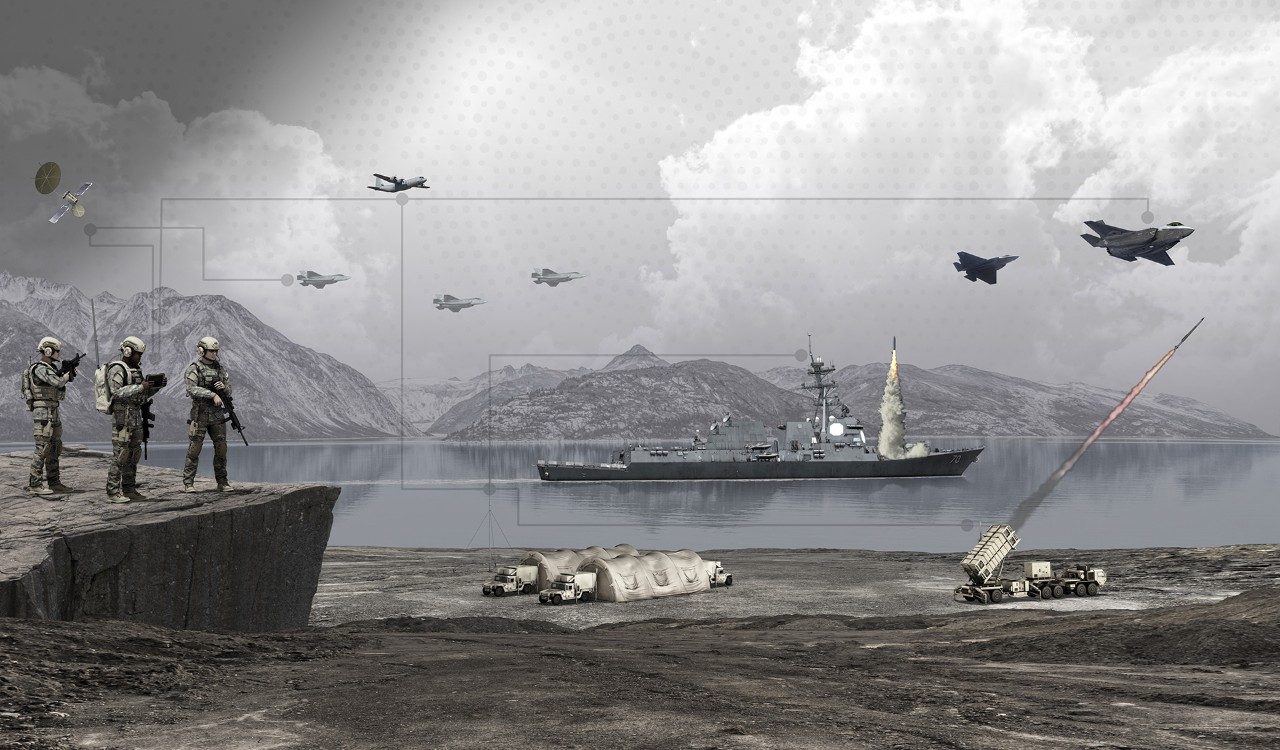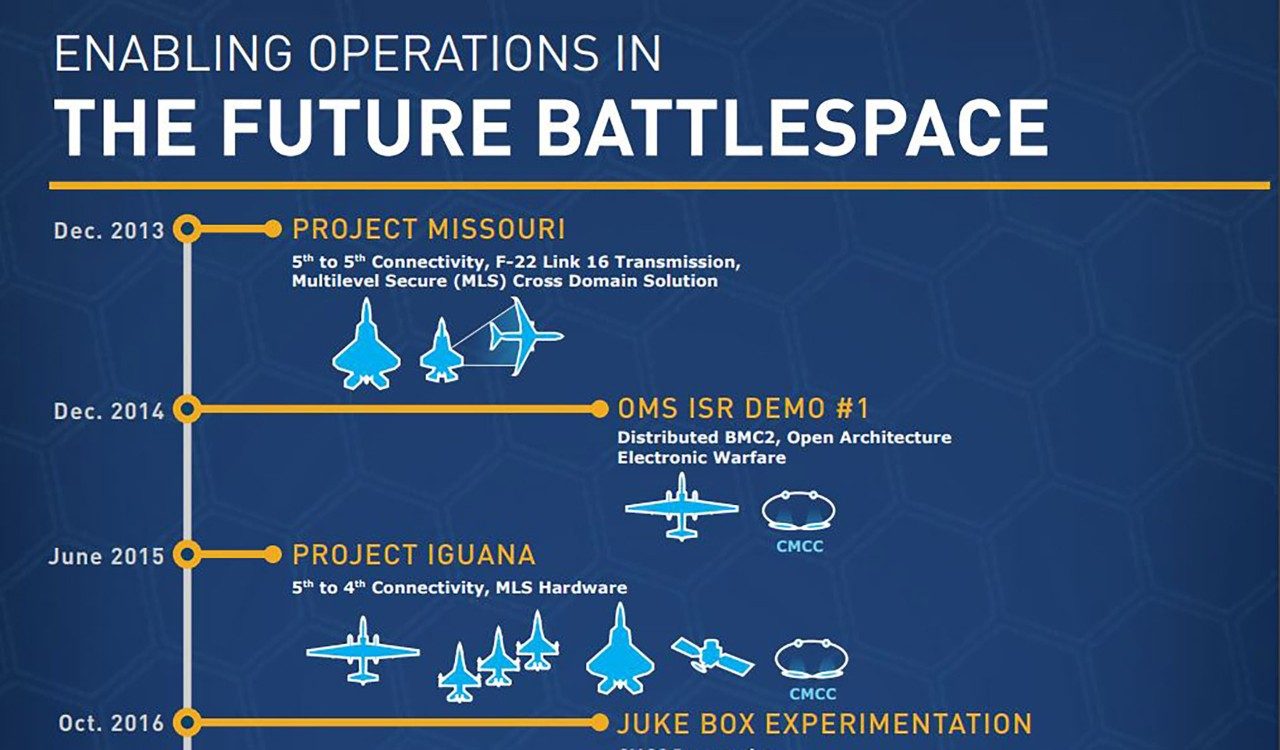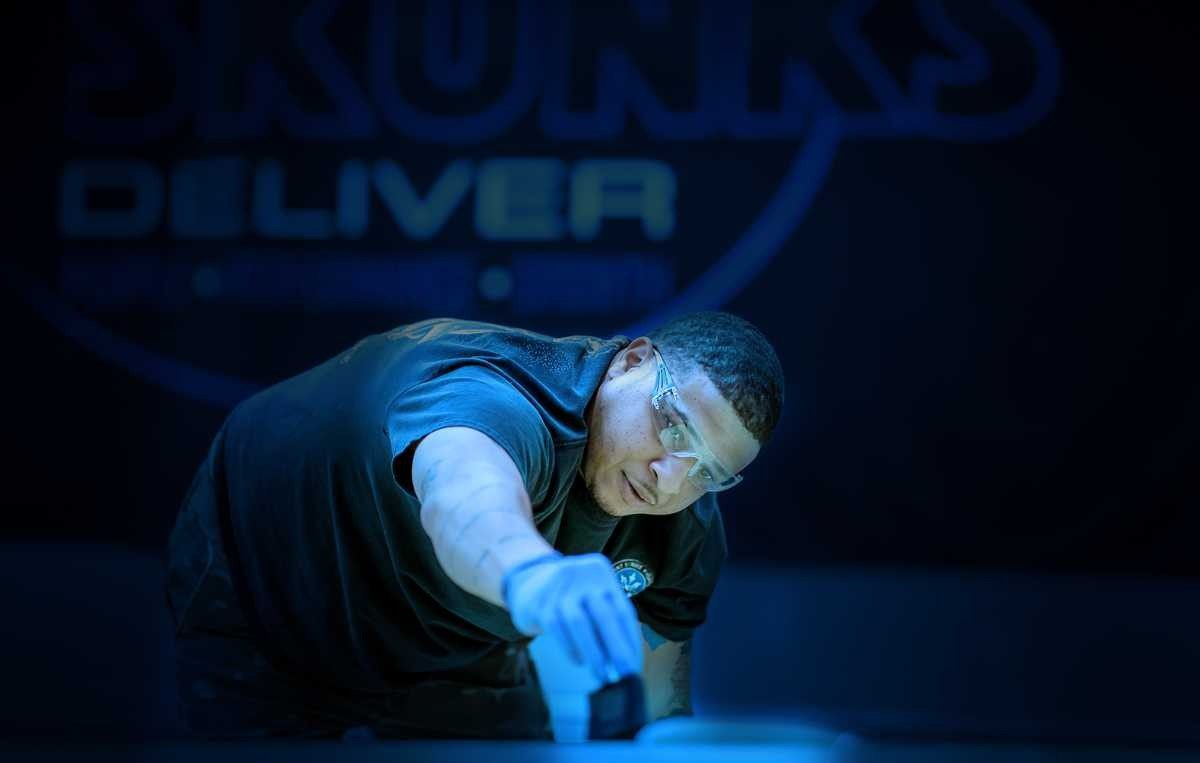CJADC2 Brings Incredible Speed to 'Sense, Make Sense and Act'
Ultimately enabling Joint All-Domain Operations (JADO), the U.S. Department of Defense’s vision of Combined Joint All-Domain Command and Control (CJADC2) will connect sensors and shooters across all military services into a single network. The Combined aspect integrates the multi-domain operations (MDO) capabilities of the United States' allies.
This integrated Battle Management Command and Control – “BMC2 Sense Making” – network will connect incompatible legacy systems and tactical networks operated by the individual U.S. services – as well as international partners – providing a force multiplier for greater situational awareness, decision making in seconds vs. minutes, and advanced capabilities for joint missions.
As our adversaries continue to make technology advances – and the volume and complexity of battlefield data increases – CJADC2 will be critical for maintaining a decisive information advantage to Sense, Make Sense and Act across all domains.
To enable CJADC2 we’re committed to harnessing digital 21st Century Security® technologies like 5G.MIL®, artificial intelligence, distributed cloud computing, and software-defined networks to deliver advanced capabilities with greater speed, resiliency and interoperability.
By inserting these digital technologies through a standards-based, modular open architecture approach, the U.S., its allies and partners, such as defense contractors, suppliers, startups and Lockheed Martin Ventures, will work from the same framework allowing greater interoperability across all of our services.
More Informed Decisions, Faster
CJADC2 in Action
Lockheed Martin provides comprehensive and incremental implementation of our CJADC2 systems, allowing for the modernization and integration of all existing or future platforms.
With our CJADC2 strategy, we are incorporating our allies and partners as our systems, capabilities and technologies are developed with an “allied by design” approach which allows for greater interoperability.
Learn how we’re synchronizing data collection and analysis across the all-domain battlespace and on multiple platforms:
We're engineering a better tomorrow.
Your individual skills play a critical role in changing the way the world works and helping us develop products that make it a safer place to achieve your goals. Our teams are made up of diverse employees from a wide range of disciplines and backgrounds, working together to tackle complex challenges and push the boundaries of innovation.
Explore our skill areas to find the right opportunity for you.


